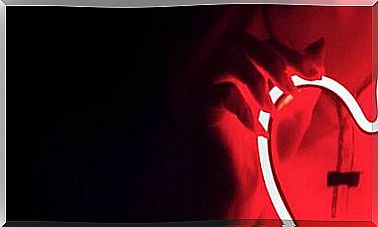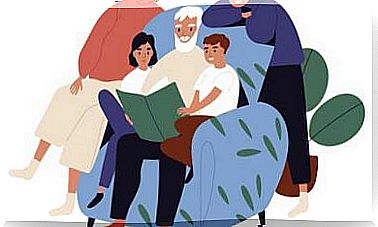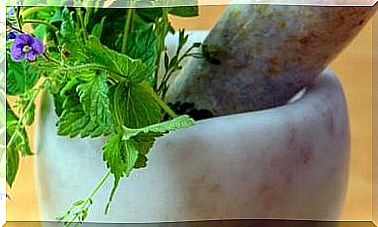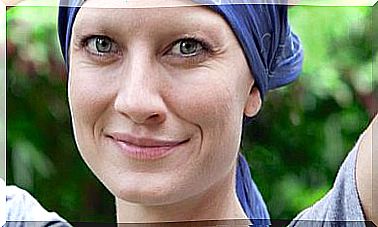Bad Milk, A Very Black Industry
The massive production of dairy products leads to animal suffering and, furthermore, it is not sustainable

There are more than 4,000 different species of mammals and, among them, human beings are one more. We are all designed to feed ourselves during our first stage of life with the mother’s milk of our species.
But for many people , cow’s milk has become a food for daily consumption and in excessive amounts throughout life. This exaggerated consumption is not only not recommended from a health point of view, but it has also become a problem for the planet and is carried out at the cost of animal suffering.
Cruel separation
To obtain milk, in industrialized farms the calf is separated from its mother when it is just a few days old and will never see its mother again. The separation produces a very deep sadness in both. The cow calls the calf for days, showing an acute state of anxiety and anguish.
In industrialized farms, the calf is separated from the mother when it is just a few days old
Once the milk from this cycle has been used up, it is artificially inseminated to continue producing milk with a new pregnancy. The frequency of milking with electric machines is between two and three times a day, seven days a week and including 7 of your 9 months of pregnancy.
Calf is poorly fed
While all the milk is extracted from the cow, the calf receives a substitute diet deficient in iron, which causes severe anemia, so that the meat is whiter, thus making it more valuable for commercialization.
In many cases the calves are fed for little more than 20 days with an artificial milk substitute (cheaper than milk), concentrated feed and a little hay. Some young die even before reaching the established age for slaughter.
The calf receives a replacement diet and is deficient in iron, which causes severe anemia
On the other hand, the cows are dehorned to avoid damage to the workers or to each other. Dehorning is carried out chemically (with caustic products) or mechanically (either with hot tongs, which burn the sensitive membrane and prevent the development of the horn at an early age, either with saws, guillotines, knives or cutting wires). Both procedures are very traumatic and painful, and wounds can take three months or more to heal. Sometimes they cause death.
The economic power of the dairy industry
Companies related to the production and marketing of milk move more than 10,000 million euros a year in Spain. We have about 850,000 head of cows, which give more than six million tons of milk per year according to data from the Ministry of Agriculture, Food and Environment.
It is estimated that approximately 20% of the families’ food expenditure is allocated to milk and its derivatives (yoghurts, cheeses, butter …). It is the most profitable food industry in Spain.
It is estimated that approximately 20% of the families’ food expenditure is allocated to milk
The level of consumption is explained as a response to the enormous investment of the trading companies in marketing and advertising, which in some cases reaches 40% of the investments. Why so much money? To tell us a movie that says: dairy products are good for our health, and cows and calves are happy.
But the truth is that dairy products are not the healthiest foods, animals suffer and production also has an environmental impact.
Unsustainable and anti-ecological industry
In 2011, the UN warned that deforestation is advancing at a rate of 14,000 hectares per day. The biggest cause of deforestation is the cultivation of grain to feed livestock.
The activity of the dairy sector implies an overgrazing of land that leads to its degradation, as well as an accelerated conversion of forests into livestock production land. Desertification, erosion and loss of biodiversity are some of the consequences.
Cows are dehorned with traumatic and very painful procedures to avoid harm to workers
Farms also promote air pollution. As a consequence of their digestive process, cows release large amounts of methane, a gas that multiplies the greenhouse effect of CO2 by 24. This gas is also released when organic matter decomposes.
Add the CO2 emissions related to energy consumption for heating in sterilization processes or for cooling fresh dairy products.
Waste of drinking water
Calculations commissioned by the Dutch government show that each liter of milk that reaches the consumer costs the planet more than 1,000 liters of water. Part of this water returns to the environment loaded with a series of polluting residues.
In Spain, the Agrifood Technological Institute estimates that, for every liter of milk, 4 liters of residual water are produced with fats, oils and solids entrained in the washing and disinfection processes of machinery. The amounts of waste are even higher in the production of cheese and butter.
The environmental impact of the manufacture of dairy products has consequences on the quality of life of all people. A cost that must be taken into account every time the choice is made between a conventional dairy product or an ecological and sustainable alternative.









